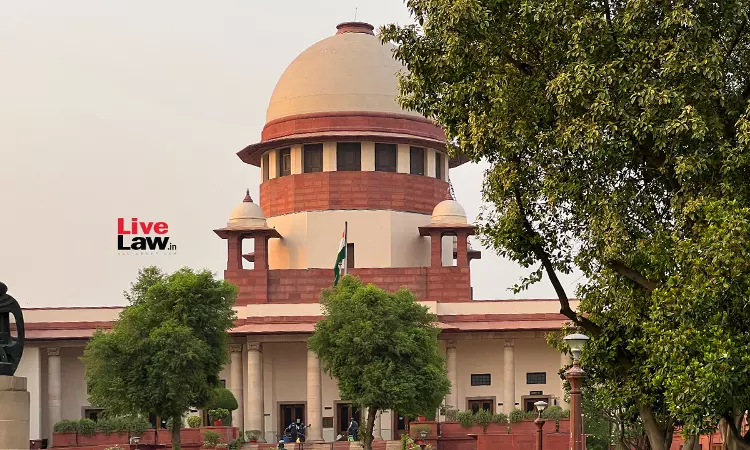Section 27 Evidence Act -Recovery Cannot Be Relied Upon When Statement Of Accused Is Not Recorded : Supreme Court
Ashok KM
20 Jan 2023 3:15 PM IST

Next Story
20 Jan 2023 3:15 PM IST
The Supreme Court observed that the recovery cannot be relied on under Section 27 of the Evidence Act in the absence of record of the statement of accused.The bench of Justices B R Gavai and M M Sundresh acquitted a murder accused who was concurrently convicted by the Trial Court and the High Court.Boby, along with other accused, were convicted for the offences punishable under Sections...
